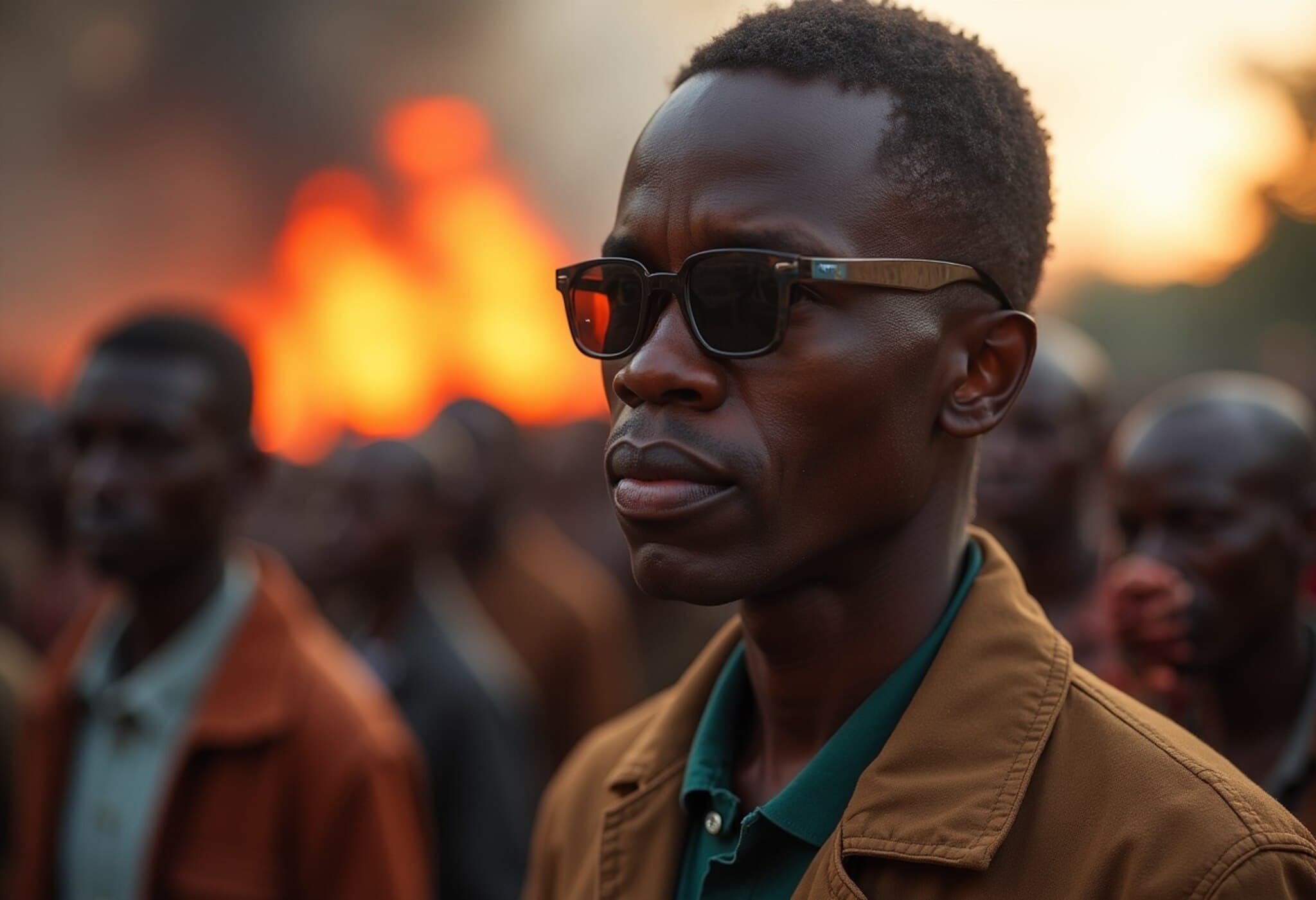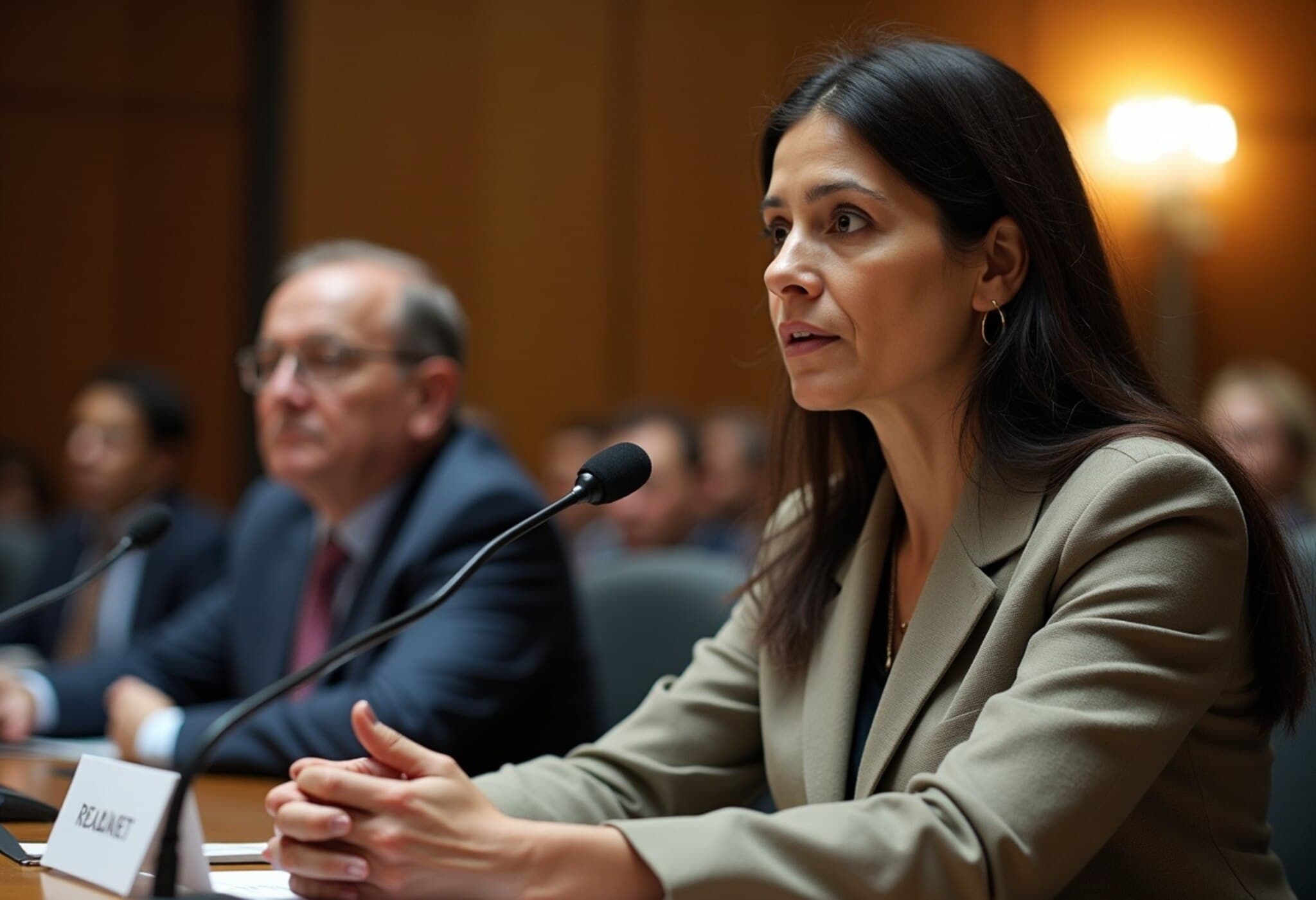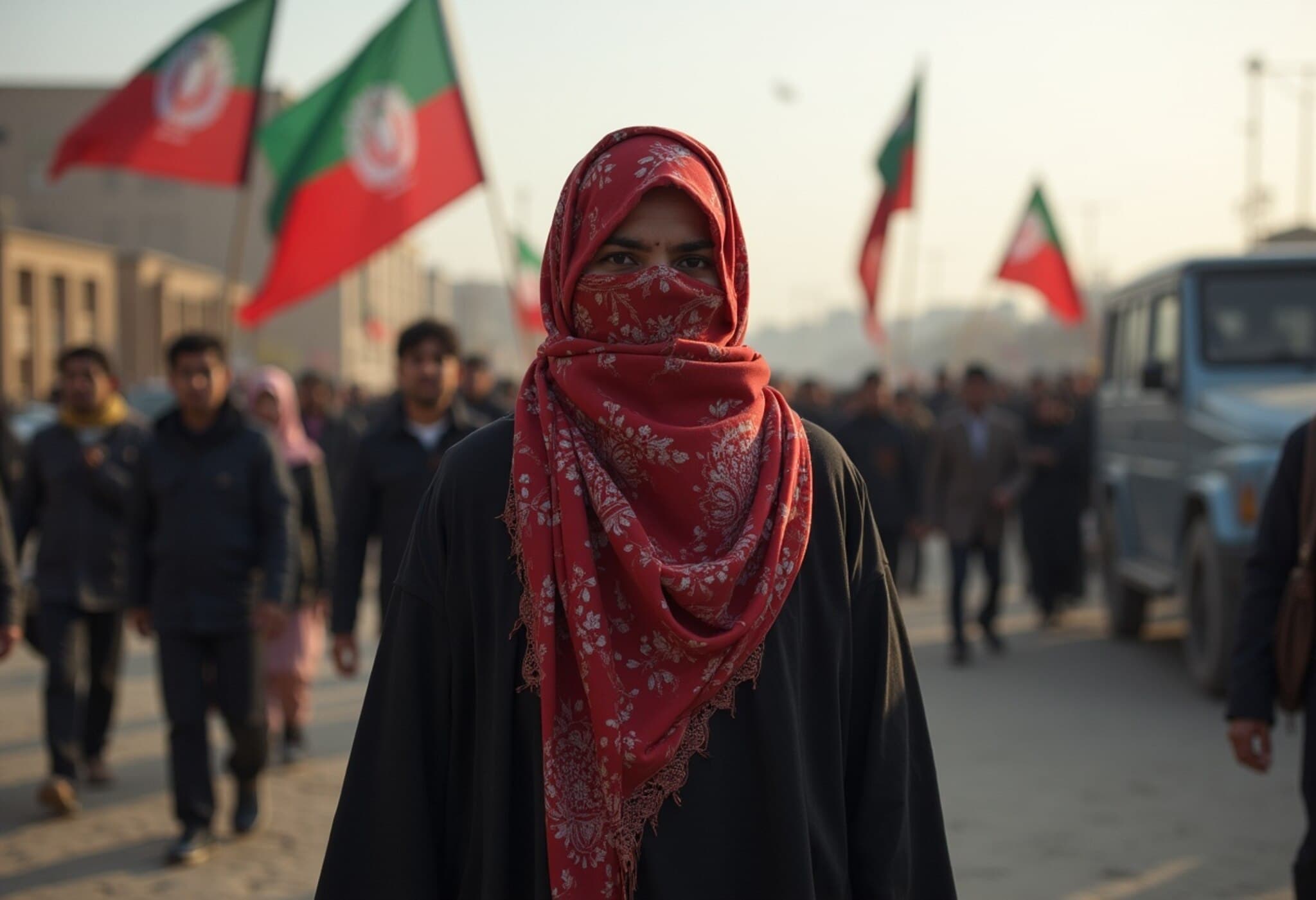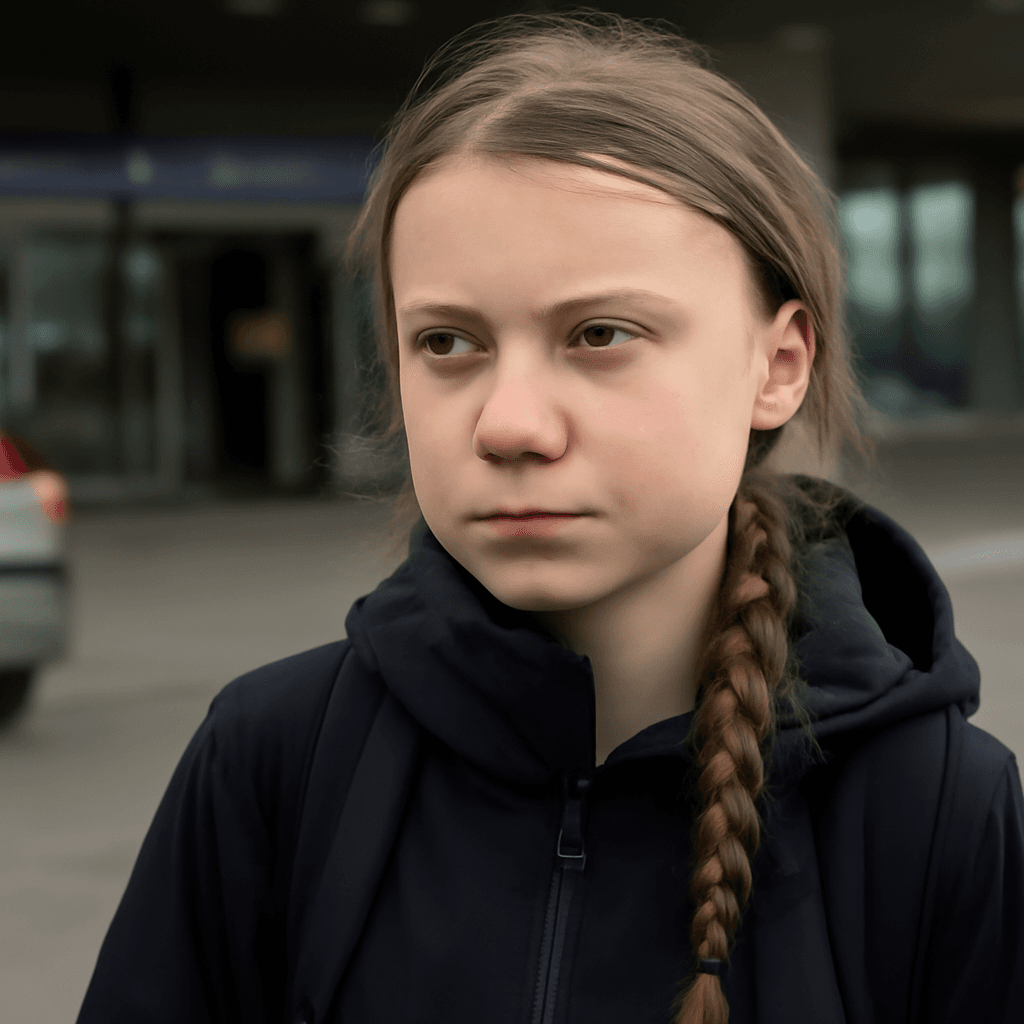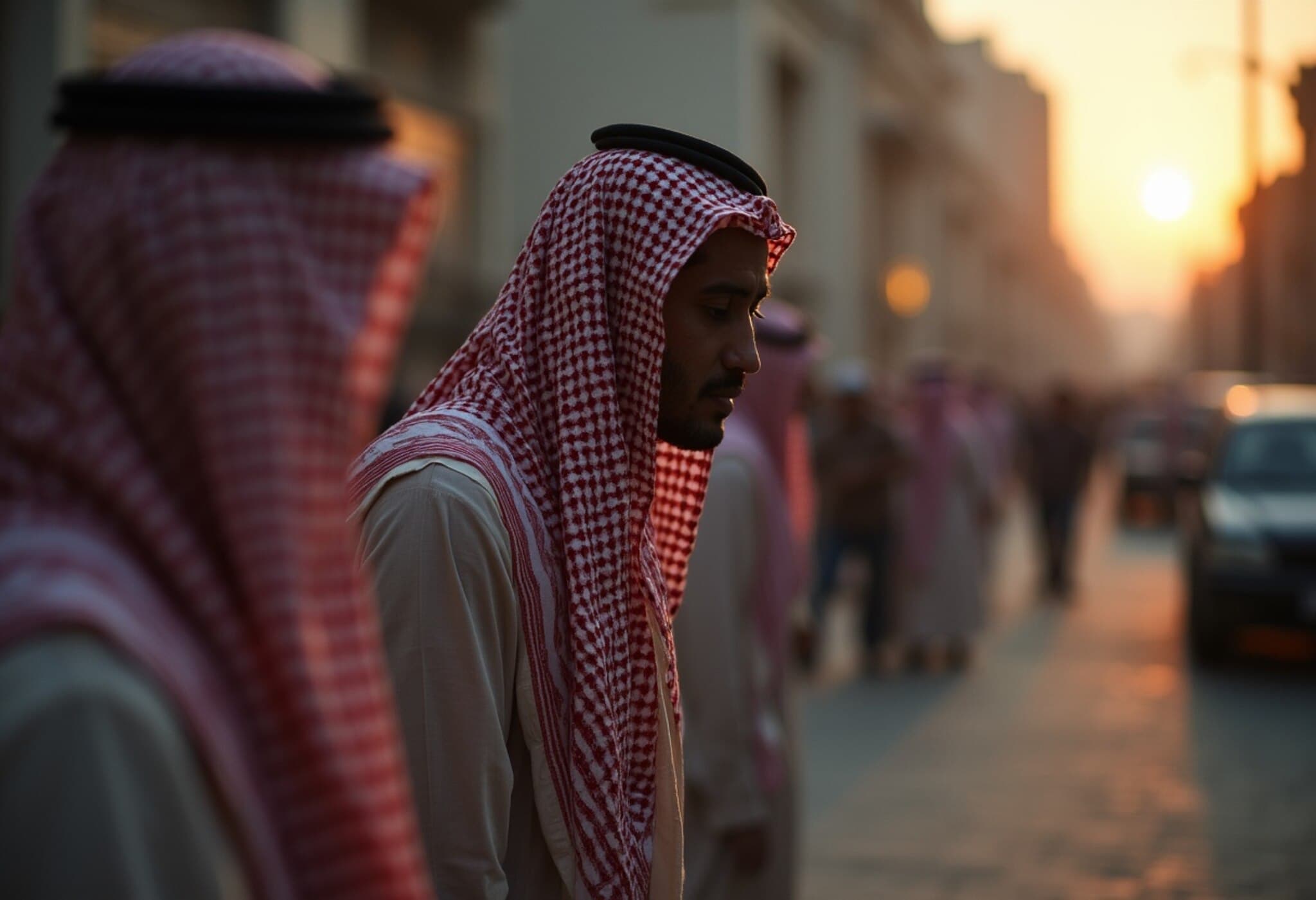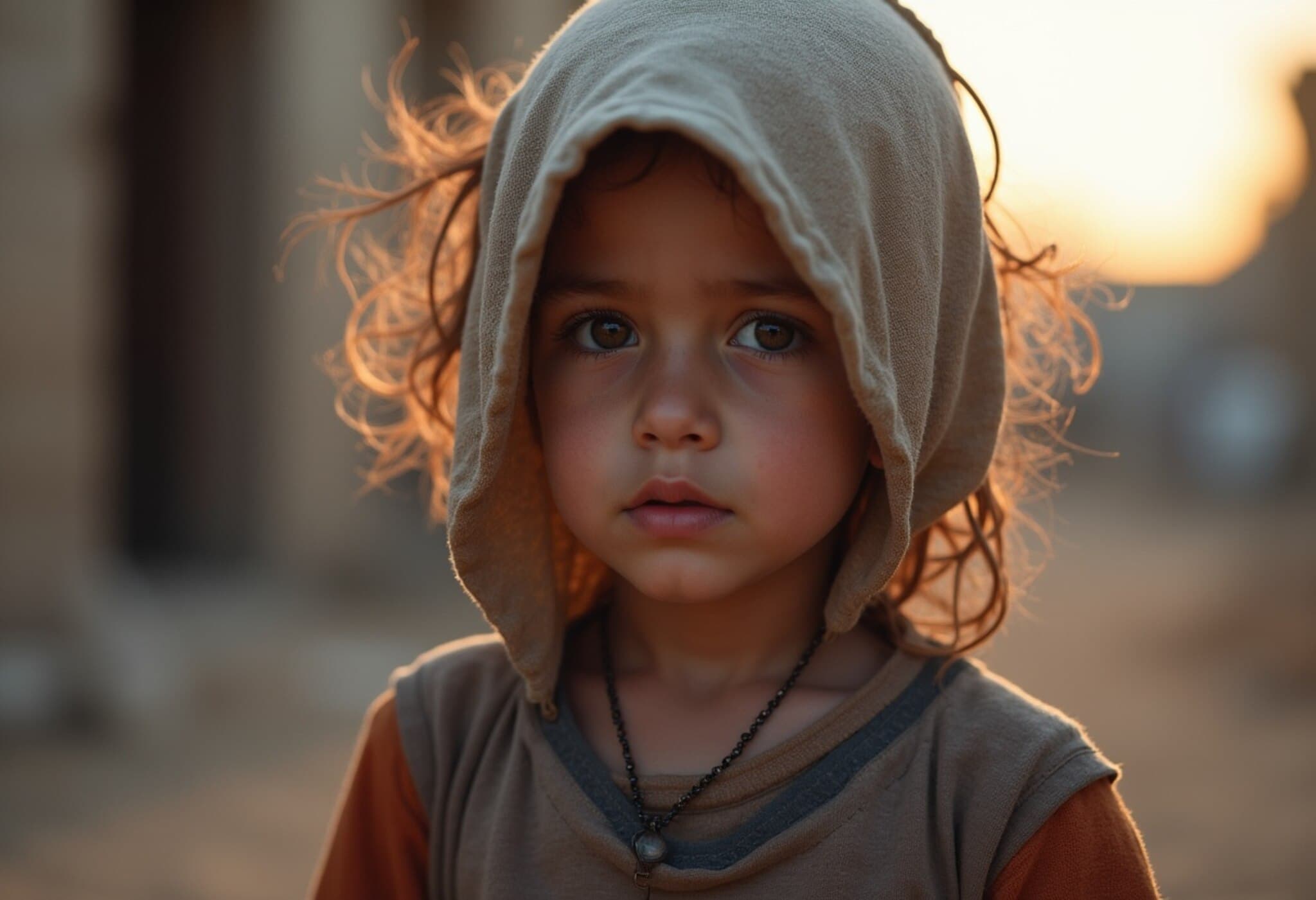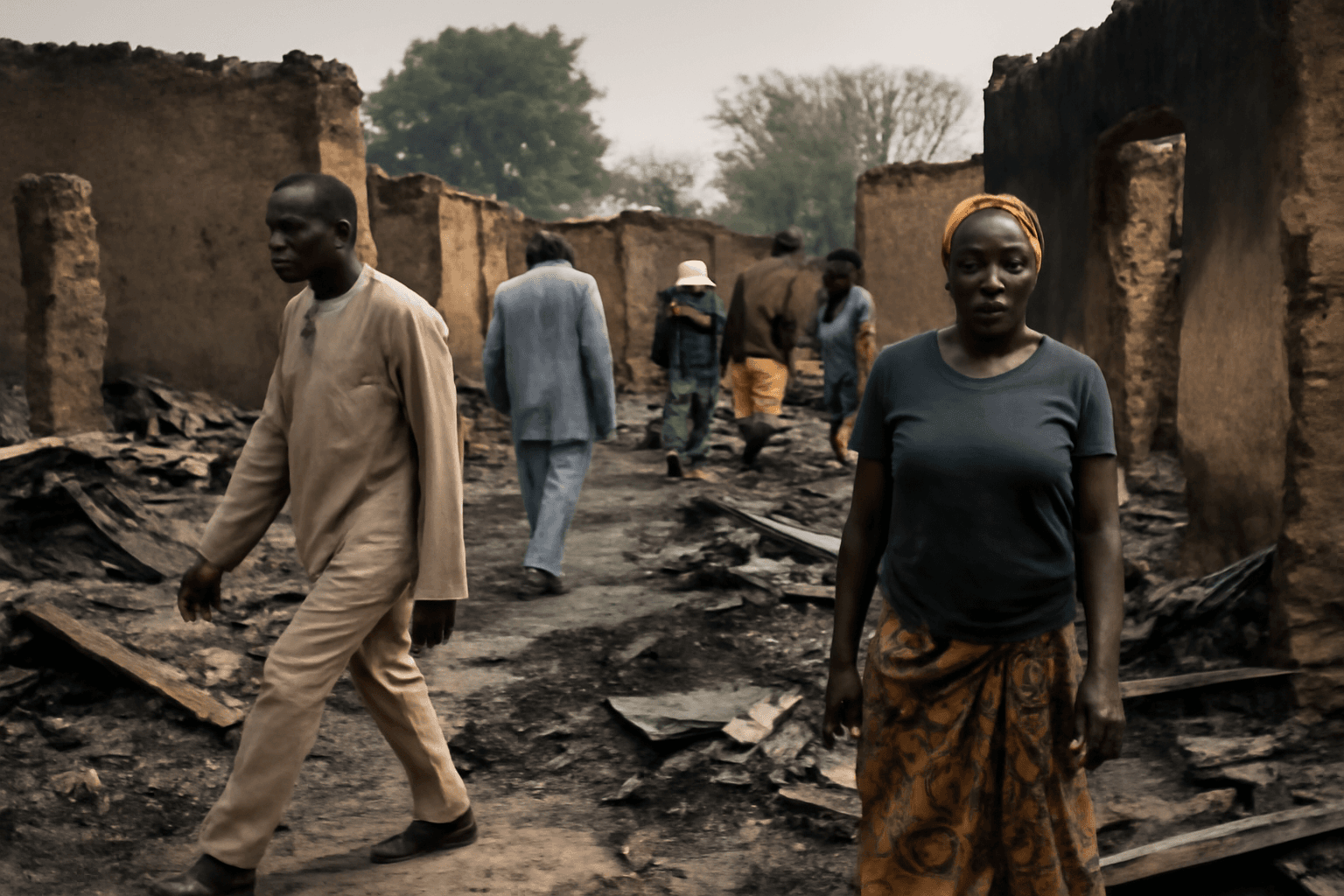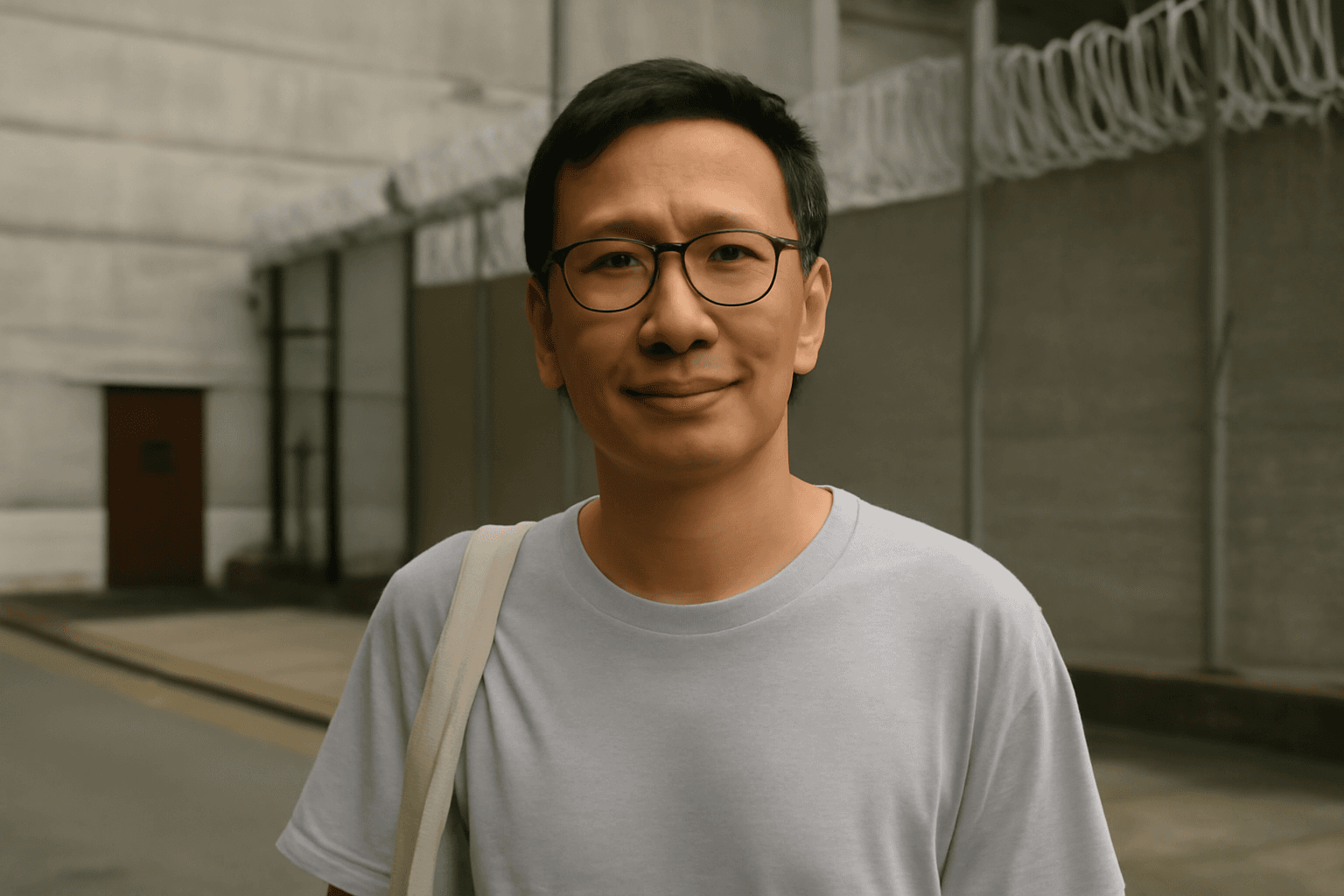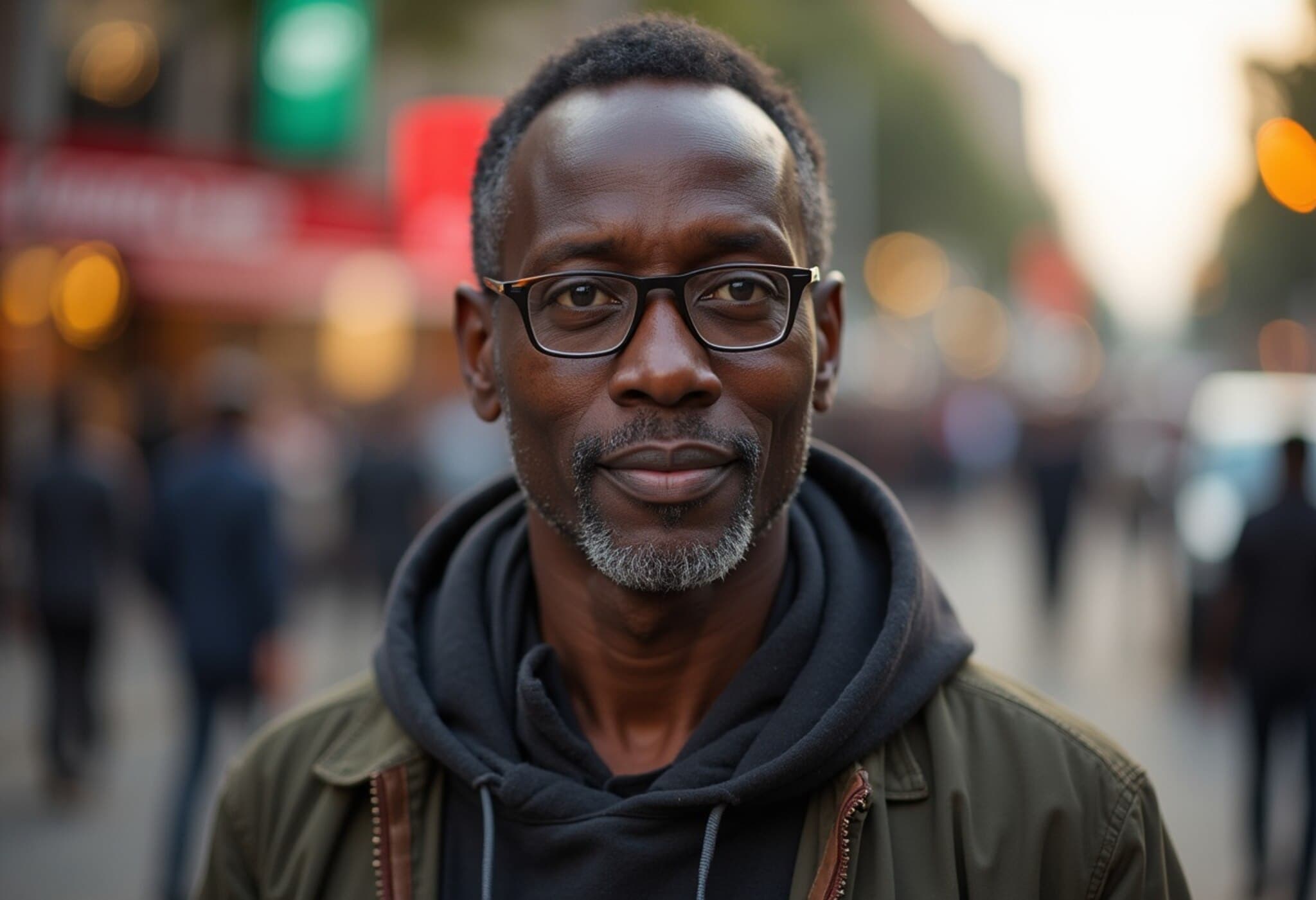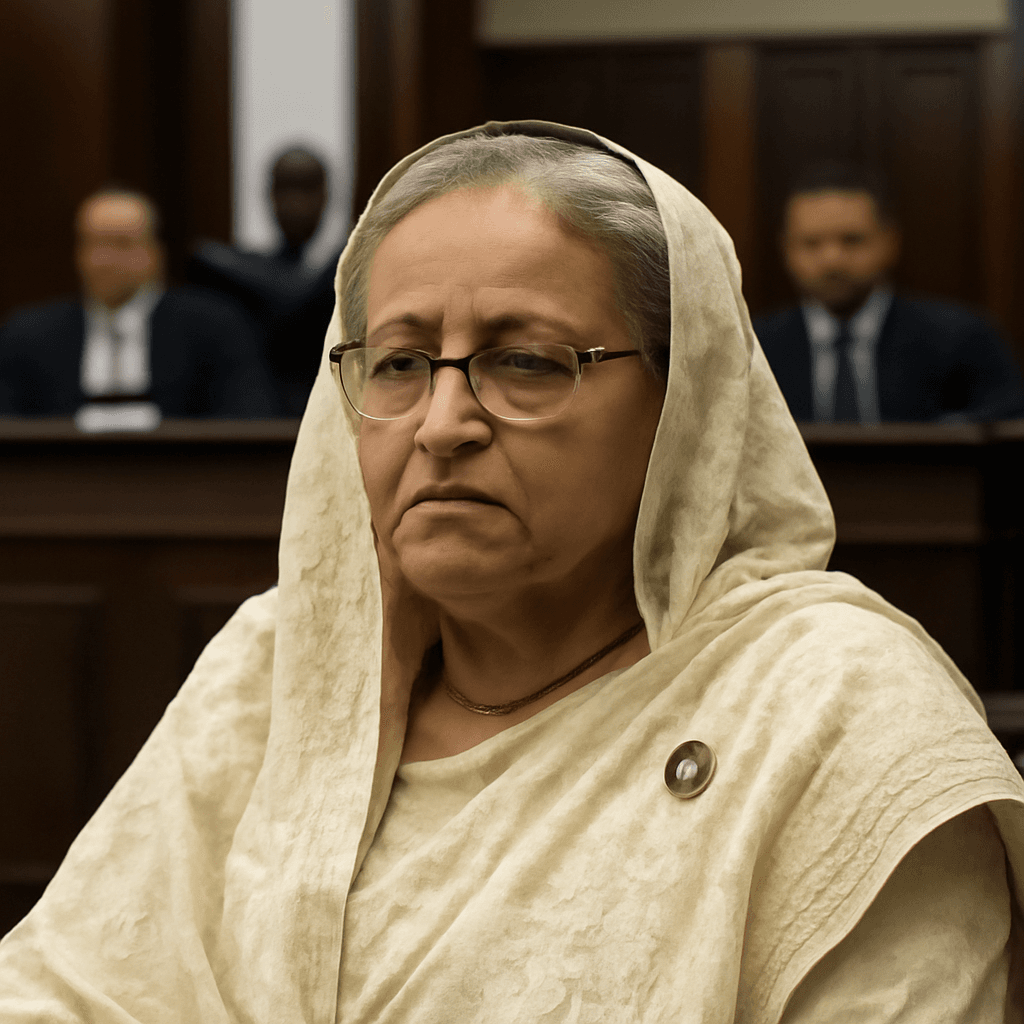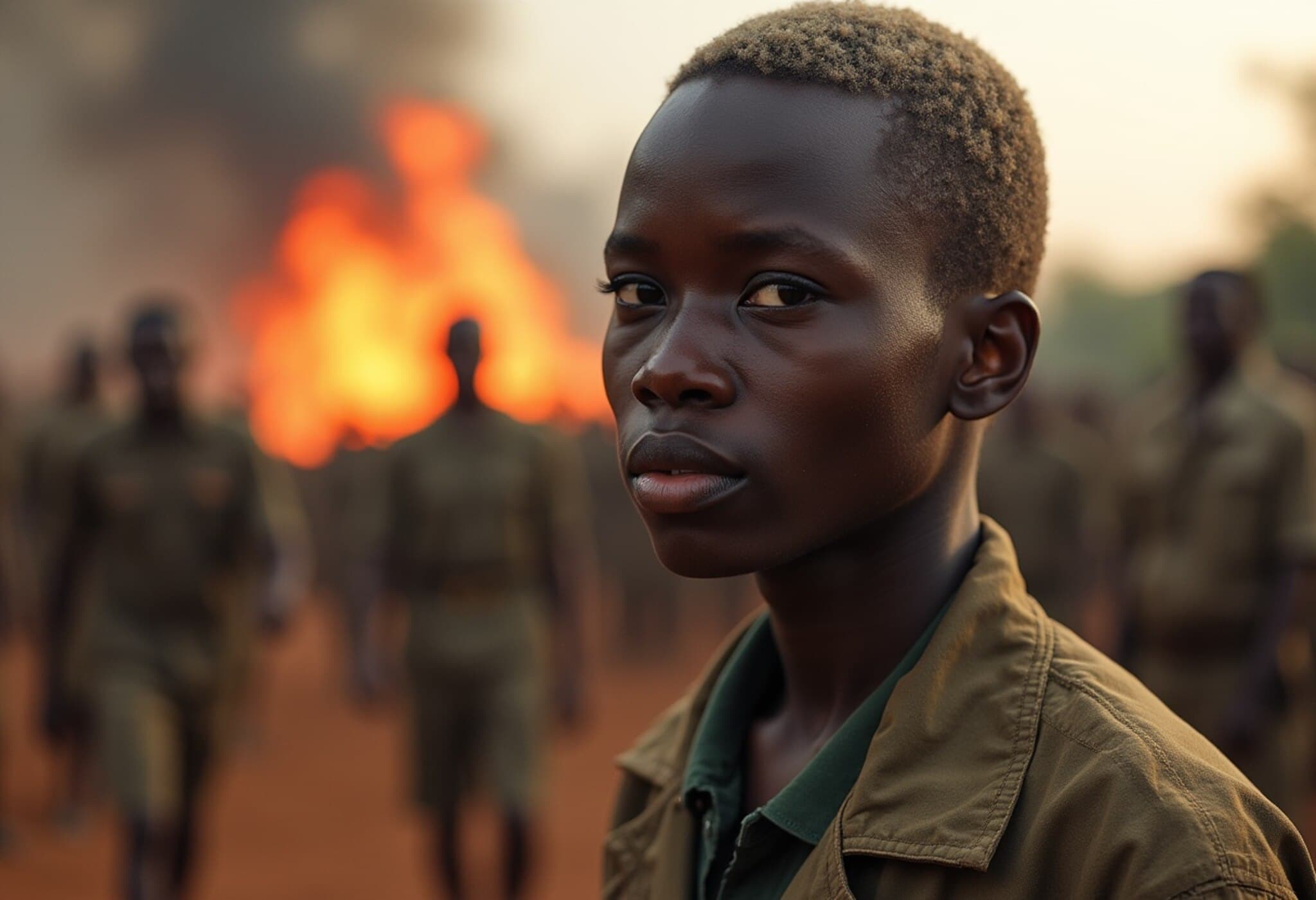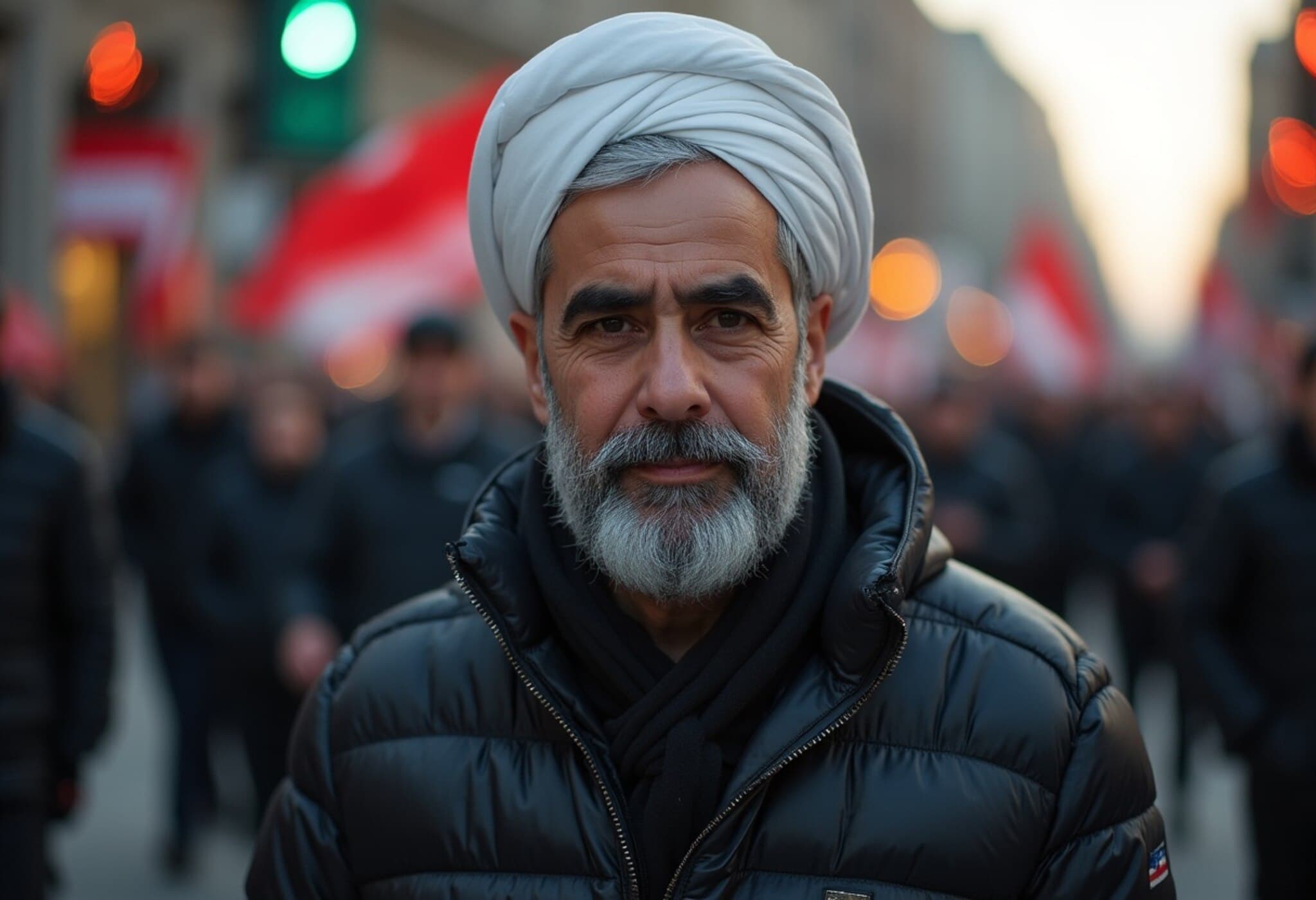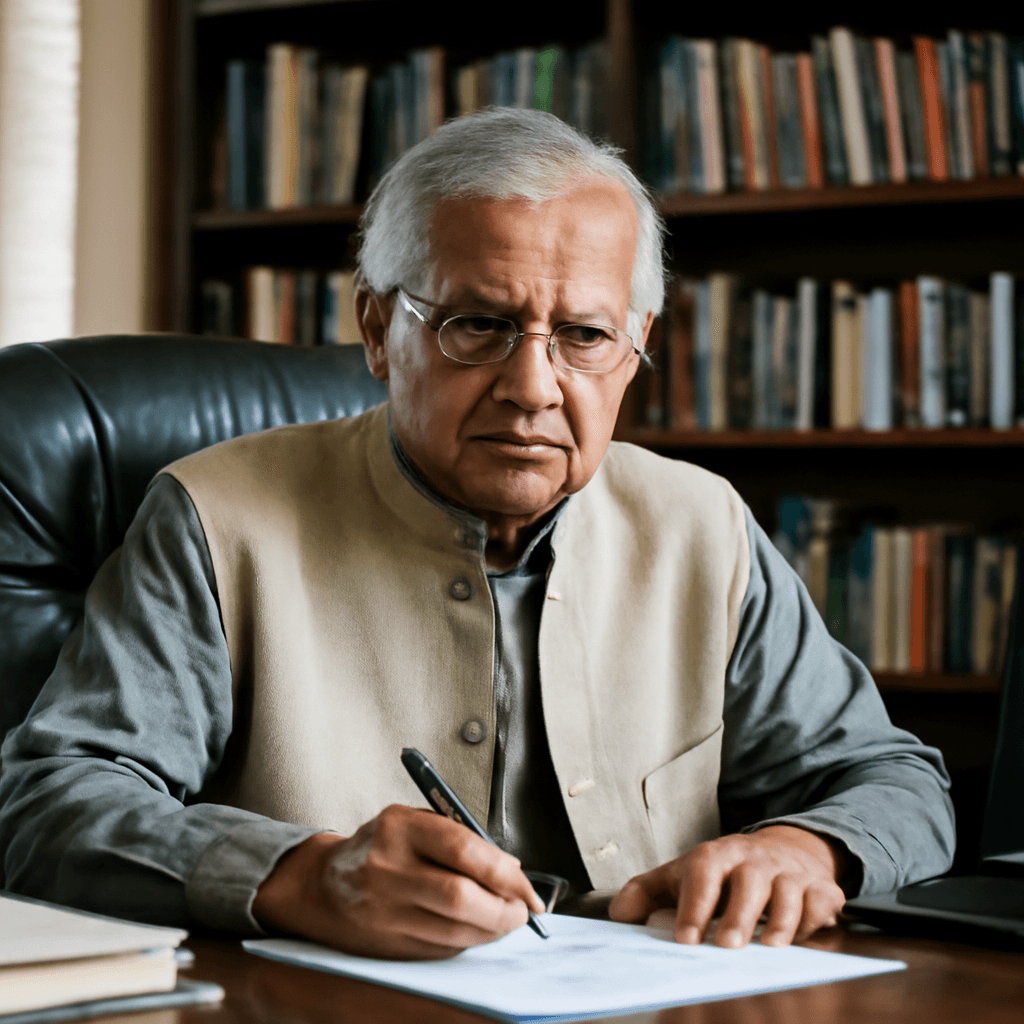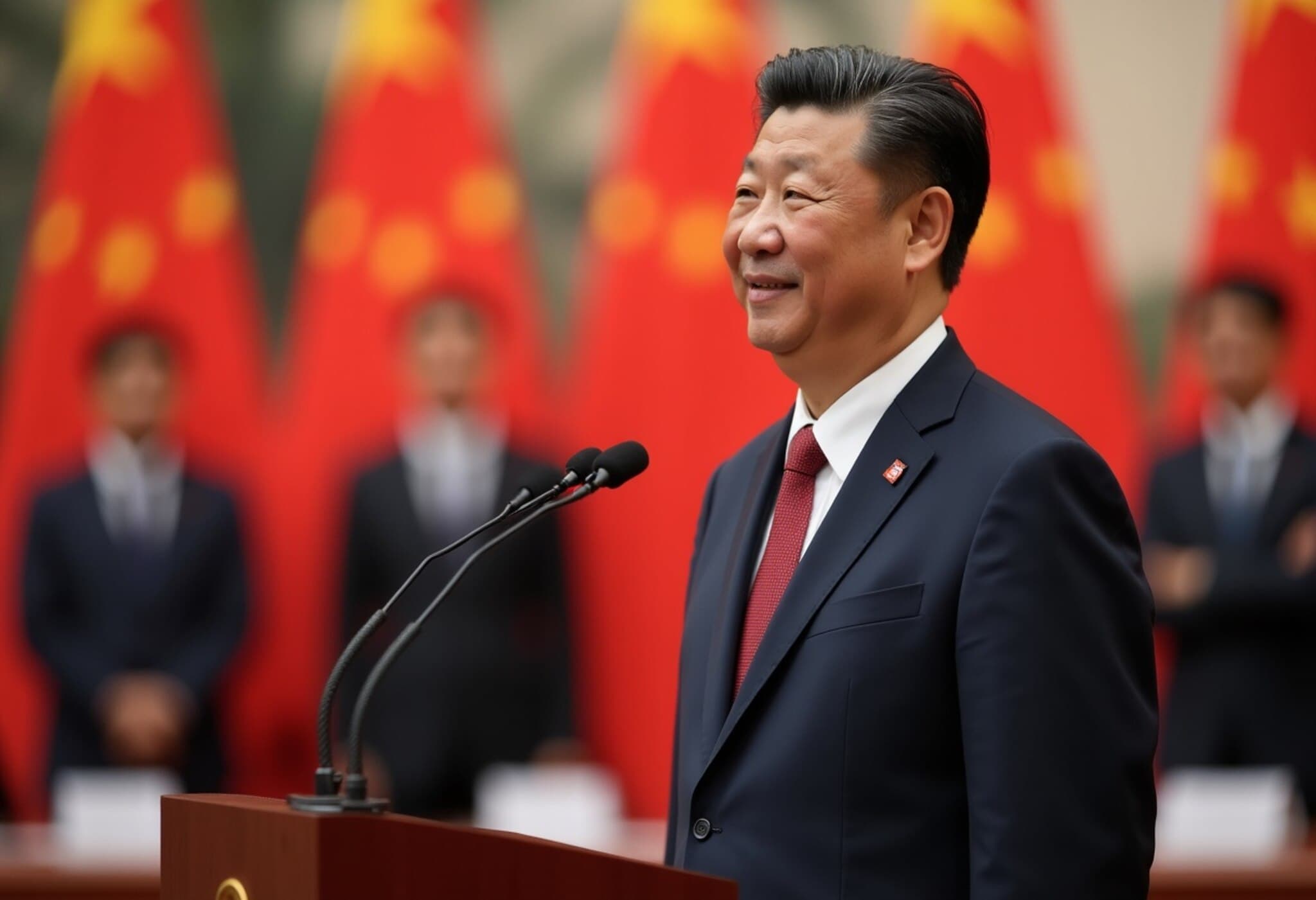Armed Gang Storms Kenya Human Rights Commission During Protest Call
In a stark escalation of tensions ahead of July 7’s historic Saba Saba Day, a group of approximately 20 men, some wielding sticks, forcibly invaded the Kenyan Human Rights Commission’s headquarters on Sunday. The commission was hosting a critical news conference demanding an immediate halt to arbitrary arrests, enforced disappearances, and extrajudicial killings by the state.
According to eyewitness reports and AFP correspondents, the attackers broke through locked gates, aggressively confronting and robbing attendees while accusing them of planning protests. The violent intrusion came amid mounting nationwide anxiety over police brutality, corruption, and economic hardship under President William Ruto’s administration.
Background: A Nation on Edge
Kenya has witnessed a surge in unrest, with recent protests highlighting frustrations over economic stagnation and governance failures. The nationwide disturbances on June 25 alone resulted in at least 19 deaths and widespread destruction of thousands of businesses.
Critics accuse the government of deploying unofficial armed groups—often termed 'goons'—to intimidate dissenters and quash political opposition. Eyewitness accounts from Nairobi on June 17 described hundreds of men on motorbikes, armed with whips and clubs, attacking demonstrators under alleged police protection.
Urban Youth Defy Ethnic Divides Amid Growing Frustration
Declan Galvin, a Kenya-based security analyst with Exigent Risk Advisory, notes a significant shift in Kenya's social landscape: “We now see a larger urban youth population that isn’t anchored in ethnic or tribal loyalties like before.” This demographic change, powered by improved education and widespread social media use, fuels a more politically conscious and restless citizenry.
Yet, Kenya's fragility deepens. Around 80% of the population remains stuck in informal, low-wage jobs, compounding economic grievances and undermining social cohesion.
Political Dynamics and Historical Echoes
President Ruto, once a youth organizer during the brutal clampdowns of the Moi era’s pro-democracy movements, maintains a firm political alliance with opposition leader Raila Odinga. Their coalition has thus far stifled viable competition ahead of the 2027 elections.
However, as Gabrielle Lynch, an African politics expert at the University of Warwick, observed, “The government seems to be replaying tactics from the 1990s, ignoring that today's politically savvy population, boosted by digital connectivity, no longer harbors the same ingrained fear of state repression.”
Implications and the Road Ahead
Activist Nerima Wako sounded a dire warning: “Each crackdown breeds more violence—every protest met with lethal force only intensifies the cycle.” As Kenyans prepare for the annual Saba Saba Day commemorations—marking the 1990 pro-democracy uprising—the nation stands at a crossroads between peaceful reform and escalating conflict.
Underreported Aspects and Critical Questions
- What concrete measures can the Kenyan government take to rebuild trust with its youth and curtail the use of violence against dissent?
- How might increasing urbanization and digital activism reshape Kenya’s political landscape in coming years?
- What role can international human rights organizations play in amplifying the voices of Kenyan protesters amid growing state repression?
Editor’s Note
The attack on the Kenya Human Rights Commission symbolism transcends a mere security breach—it exposes deep societal fractures and the challenge of governing a youthful, digitally connected populace demanding accountability. As Kenya commemorates Saba Saba Day, the country's leaders must confront whether to heed these calls for justice or risk further alienation and instability. For global observers, Kenya’s unfolding drama offers critical insights into the volatile intersection of governance, youth activism, and human rights in 21st-century Africa.

